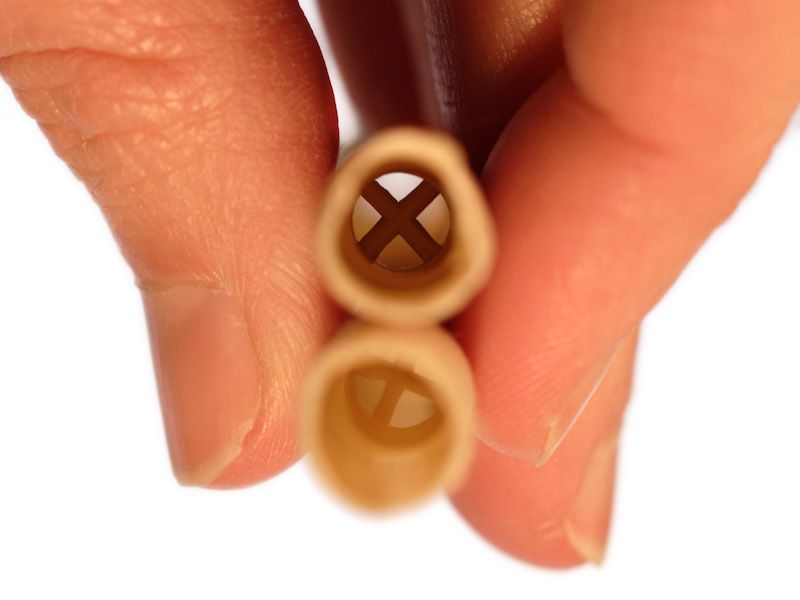
There’s a lingering belief in some circles that a practice known as “ear candling” is a good way to reduce your earwax. Is ear candling effective and what is it?
Earwax Candles, is it Effective?
Spoiler alert: No. No, they don’t.
Why then do otherwise reasonable people routinely think in this pseudo-science. That’s a difficult question to answer. But even though the sensible decision is quite obvious, understanding more about the dangers of earwax candling will help us make an informed choice.
Earwax Candling, What is it?
So here’s the basic setup: Perhaps you’re not sure how to eradicate all your built up earwax. You know you’re not supposed to use cotton swabs (which is good, cotton swabs are not a great way to clear out your ears, generally speaking). So, after doing some research, you discover a method known as earwax candling.
Earwax candling supposedly works as follows: You produce a pressure differential by shoving the candle in your ear, wick side out. This pressure differential then sucks the wax out. Any wax that might be backed up in your ear can, theoretically, be pulled out by this amount of pressure. But this hazardous practice is not a smart way to clean your ears.
Why Isn’t Ear Candling Effective
There are a few problems with this practice, like the fact that the physics simply don’t work. It would require a significant amount of pressure to move earwax around and a candle is not capable of producing that kind of pressure. Also, a candle doesn’t have the sort of seal necessary to sustain pressure.
Now, the candles that they use in these “treatments” are supposed to be special. When you’re finished with your fifteen minutes of ear candling, you can break up the candle and, in the middle, see all bacteria, debris, and wax that had previously been in your ear. But the issue is you can find this same detritus in new unburned candles as well. So this “validation” is really nonsense.
Scientific research has never been able to prove any benefit involving earwax candling.
So Earwax Candling Doesn’t Work, But How Safe is it?
So, you may as well give it a shot, right? Well, any time you get hot candle wax around your ears, you’re looking for trouble. You might be fine if you decide to try earwax candling. People do it all of the time. But there are definitely risks involved and it’s certainly not safe.
Here are a few negative impacts of ear candling:
- Your ear can be badly burned. When melted candle wax gets inside your ear, it can cause serious hearing problems and burns. This could permanently jeopardize your hearing in the most serious cases.
- You might cause significant injury when you mess around with an open flame and possibly even put your life in danger. Seriously, you could burn your house down. It’s not worth the risk to attempt this ineffective technique of wax elimination.
- Candle wax can also block up your ear canal once it cools. You could wind up temporarily losing your hearing or even requiring surgery in extreme cases.
You Don’t Require a Candle to Keep Your Ears Clean
The majority of people will never actually have to worry about cleaning earwax from their ears. That’s because the human ear is basically a self cleaning system. But you may be one of those people who have an unusually heavy earwax production.
If you do need to clean your ears out because of excessive wax, there are scientifically-proven (and reliable) methods to do that properly. For example, you could use a fluid wash. Or you could see a professional who will be capable of using specialized tools to clean the excess wax or wax blockages out of the way.
You should continue to stay away from cotton swabs. And open flames are not ok either. Earwax candling isn’t effective, and it can create risks that will put your comfort and your hearing in significant jeopardy. So maybe it’s time to put those special candles away.